The era of the American gangster is remembered as a time of great turmoil and conflict in American history. During the early 1900s, a new breed of criminal emerged in the United States: the American gangster. These organized criminals controlled illegal activities such as bootlegging, gambling, and prostitution, and they were known for their intelligence, charisma, and willingness to use violence and intimidation to get what they wanted.
Some of the most notorious gangsters of this era included Al Capone, Lucky Luciano, and John Dillinger. Capone was a powerful and influential figure who rose to prominence during the Prohibition era in Chicago. He was known for his intelligence and charisma, and his criminal empire was worth millions of dollars. Luciano was another major figure in the American mafia, and he played a key role in the creation of the “Commission,” a governing body for the mafia. Dillinger was a skilled thief who became famous for his series of bold bank robberies and escapes from law enforcement.
These gangsters and others like them became household names and were romanticized in popular culture. However, their legacies are ones of violence and crime, and they are remembered as some of the most notorious criminals in American history.
Al Capone

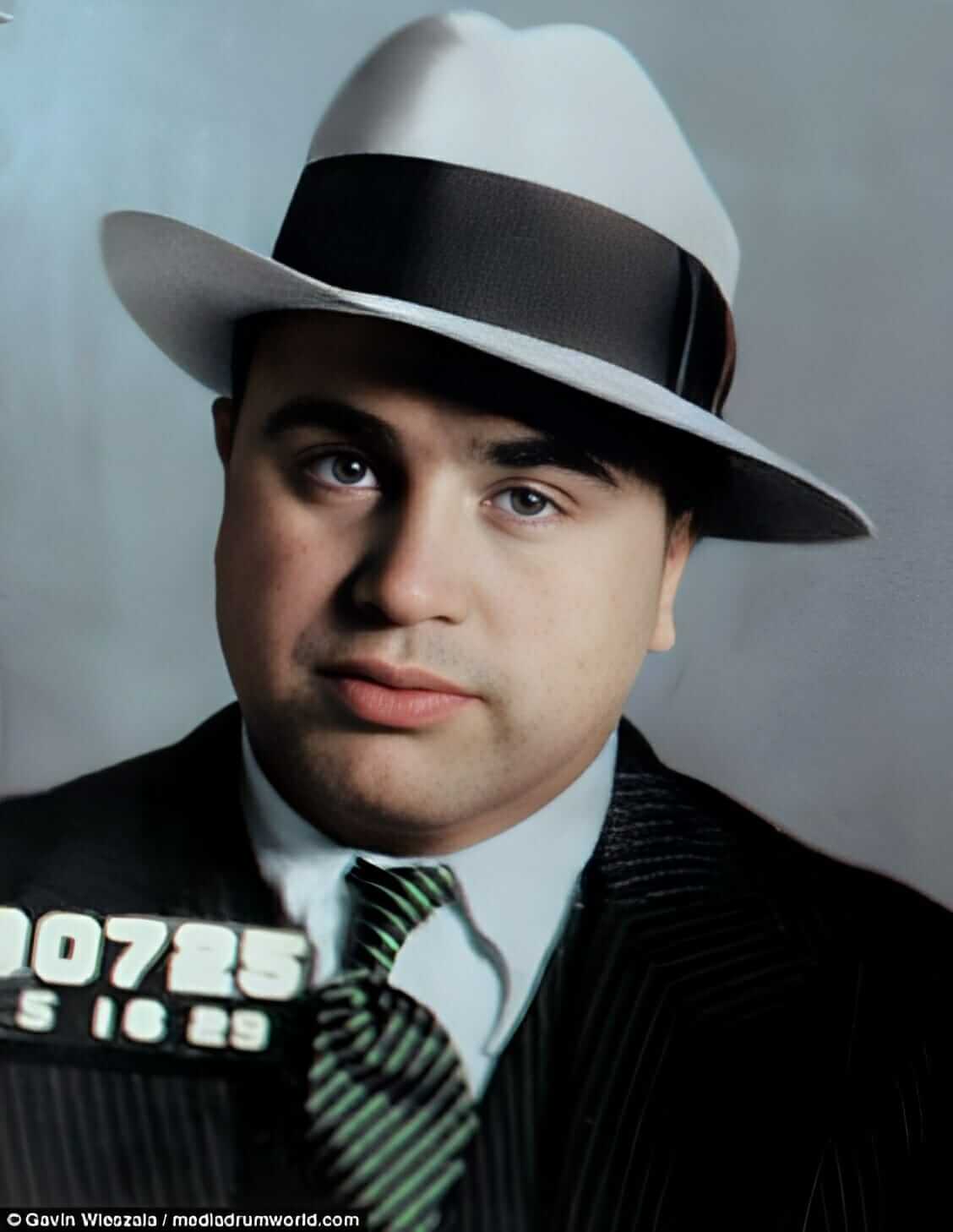
Alphonse Gabriel “Al” Capone was a notorious American gangster who rose to fame during the Prohibition era. Born in Brooklyn, New York in 1899, Capone was the son of Italian immigrants. He was drawn into a life of crime at a young age, and by the time he was in his 20s, he was a key member of the Chicago Outfit, a powerful criminal organization involved in bootlegging, gambling, and prostitution.
Capone’s rise to power was aided by his intelligence, charisma, and ruthless nature. He was known for using violence and intimidation to get what he wanted, and he was not afraid to kill those who crossed him. His criminal empire was worth millions of dollars, and he was feared by both the general public and his rivals.
Despite his success, Capone’s reign came to an end in the 1930s when he was finally brought down by federal authorities. He was convicted of tax evasion in 1931 and sentenced to 11 years in prison. While in prison, he contracted syphilis and his health declined rapidly. He was released in 1939 and died a few years later in 1947 at the age of 48.
Capone’s life has been romanticized in popular culture, but his legacy is one of violence and crime. He is remembered as one of the most infamous gangsters in American history.Regenerate response
Lucky Luciano
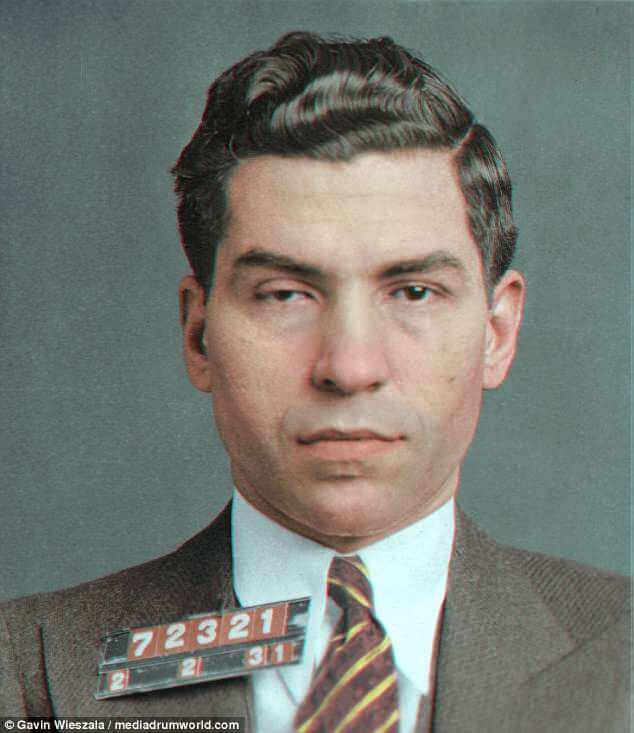
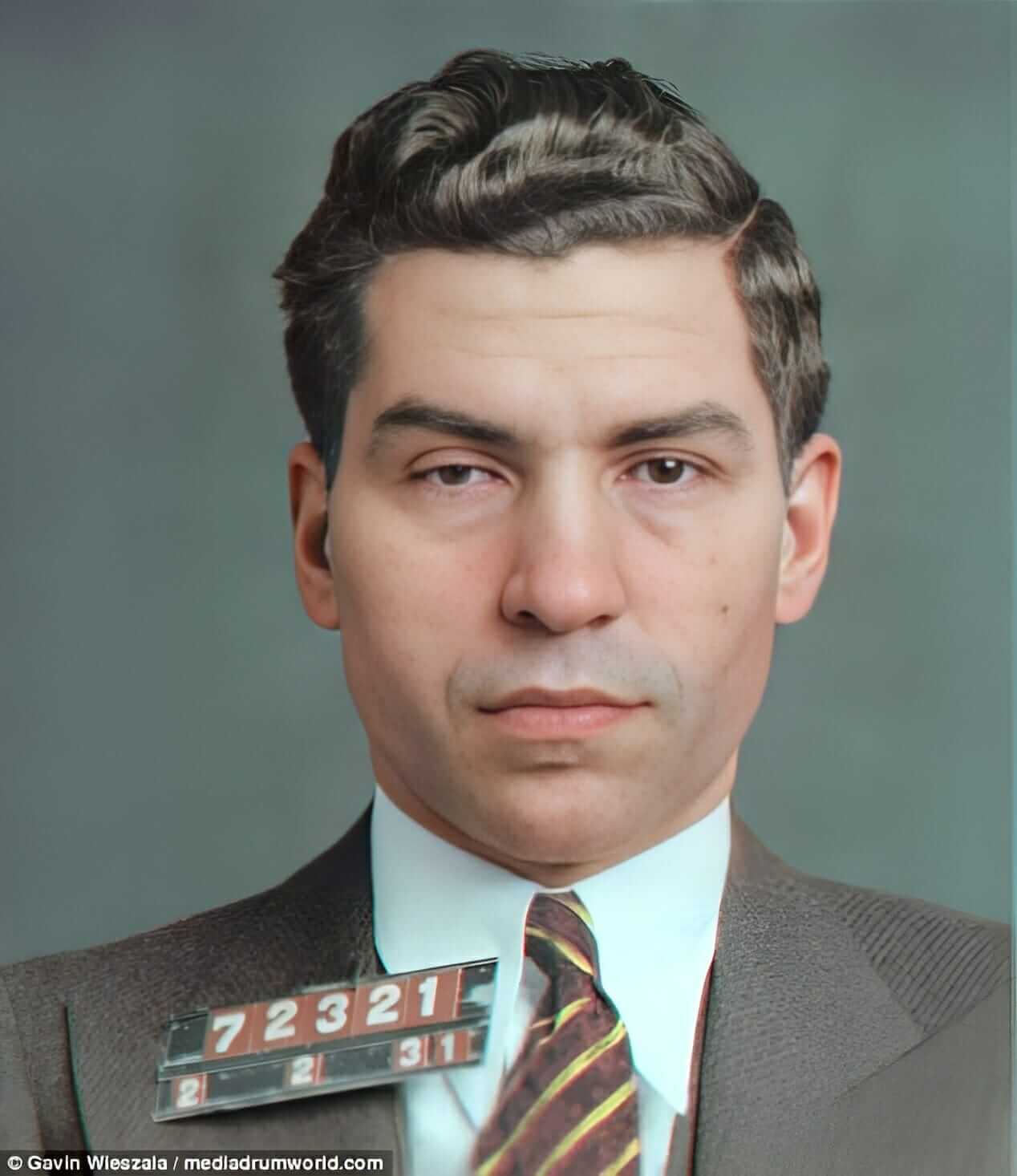
Charles “Lucky” Luciano was a notorious Italian-American mobster who rose to power during the Prohibition era. Born in Sicily in 1897, Luciano immigrated to the United States as a child and grew up in New York City. He became involved in organized crime at a young age and quickly rose through the ranks of the Italian-American mafia.
Luciano is perhaps best known for his role in the creation of the “Commission,” a governing body for the American mafia. The Commission was established in the 1930s and was intended to bring order to the often chaotic and violent world of organized crime. Luciano played a key role in its creation and served as one of its founding members.
In addition to his role in the mafia, Luciano was also involved in various illegal enterprises, including gambling, loan sharking, and drug trafficking. He was known for being intelligent and ruthless, and he was believed to have ordered numerous murders. In 1936, he was convicted of running a prostitution ring and was sentenced to 30 to 50 years in prison. He was released in 1946 and deported to Italy, where he died in 1962 at the age of 64.
Despite his criminal activities, Luciano is remembered as a major figure in the history of organized crime. His legacy is one of violence and corruption, but he is also credited with helping to bring some level of order to the mafia.
Vito Genovese

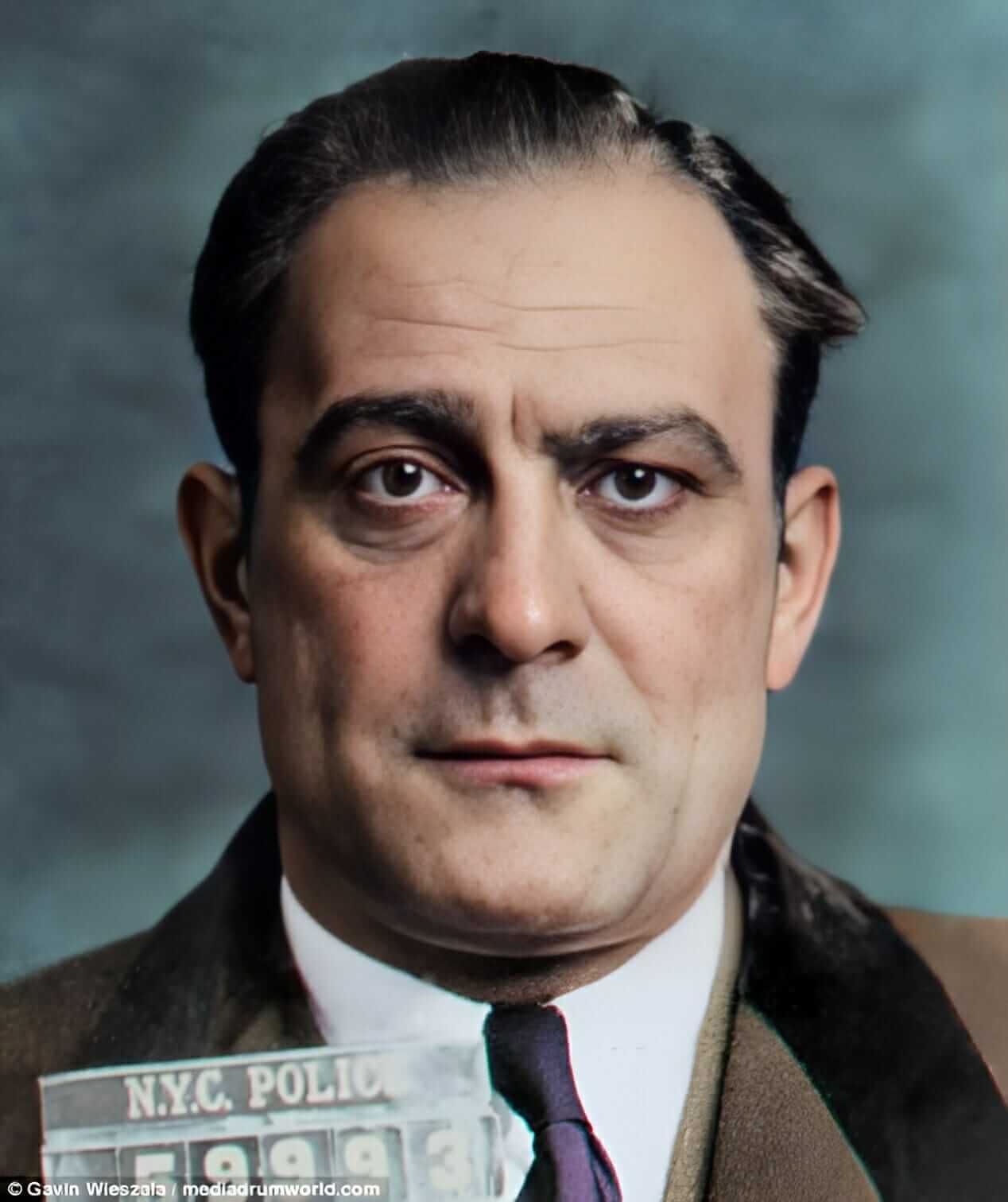
Vito Genovese was a notorious Italian-American mobster who rose to power during the Prohibition era. Born in Italy in 1897, Genovese immigrated to the United States as a child and grew up in New York City. He became involved in organized crime at a young age and quickly rose through the ranks of the Italian-American mafia.
Genovese is perhaps best known for his role in the 1957 Apalachin Meeting, a gathering of high-ranking mafia leaders from around the country. The meeting was raided by law enforcement, and Genovese was arrested along with many other prominent mobsters. The event was a major blow to the mafia and helped lead to increased government scrutiny of organized crime.
Genovese was also involved in several major criminal enterprises, including gambling, loan sharking, and drug trafficking. He was known for being ruthless and violent, and was believed to have ordered numerous murders. In 1959, he was sentenced to 15 years in prison for drug trafficking. He died in prison in 1969 at the age of 71.
Despite his criminal activities, Genovese was widely respected within the mafia and was seen as a powerful and influential figure. His legacy is one of violence and corruption, but he remains a significant figure in the history of organized crime.
Fred Barker

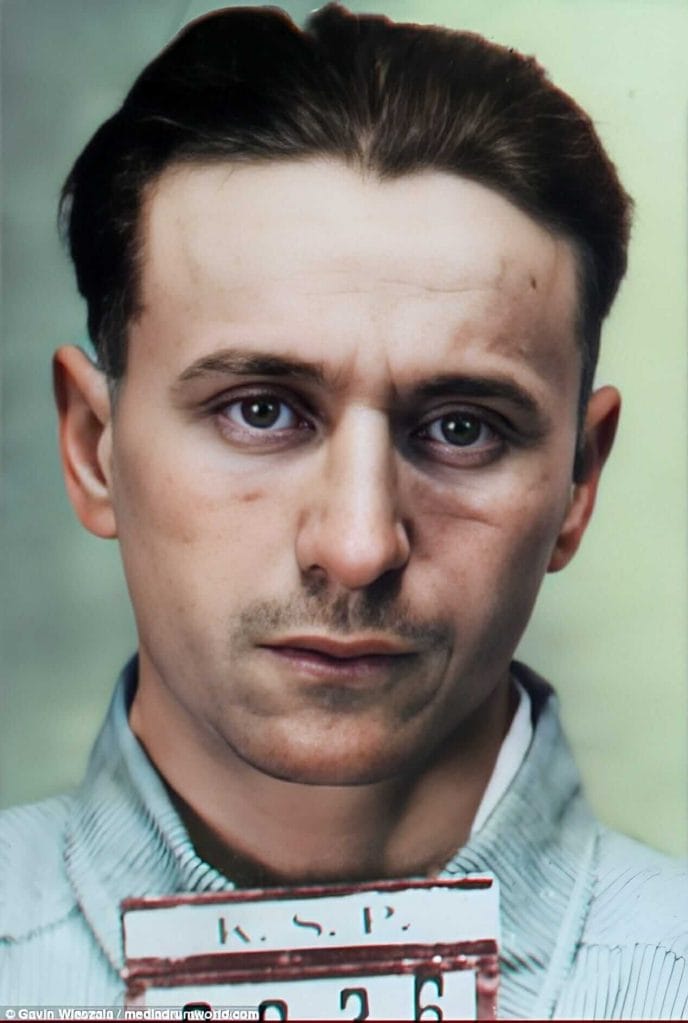
Fred Barker was an American criminal and member of the notorious Barker-Karpis Gang, which operated in the 1930s. He was the son of Ma Barker, the alleged leader of the gang, and he played a key role in its various criminal activities.
The Barker-Karpis Gang was known for its involvement in bank robberies, kidnappings, and other violent crimes. They operated throughout the Midwest and were considered one of the most dangerous criminal groups of the time. Barker was known for his intelligence and ruthlessness, and he was believed to have played a key role in the planning and execution of many of the gang’s crimes.
In 1935, Barker was involved in a shootout with law enforcement in Florida, during which his mother and two other gang members were killed. He managed to escape, but he was eventually captured and sentenced to life in prison. He died in prison in 1996 at the age of 90.
Barker’s legacy is one of violence and crime, and he is remembered as a key member of one of the most notorious criminal groups in American history. Despite his criminal activities, he remains a significant figure in the history of organized crime.
Carmine Galante

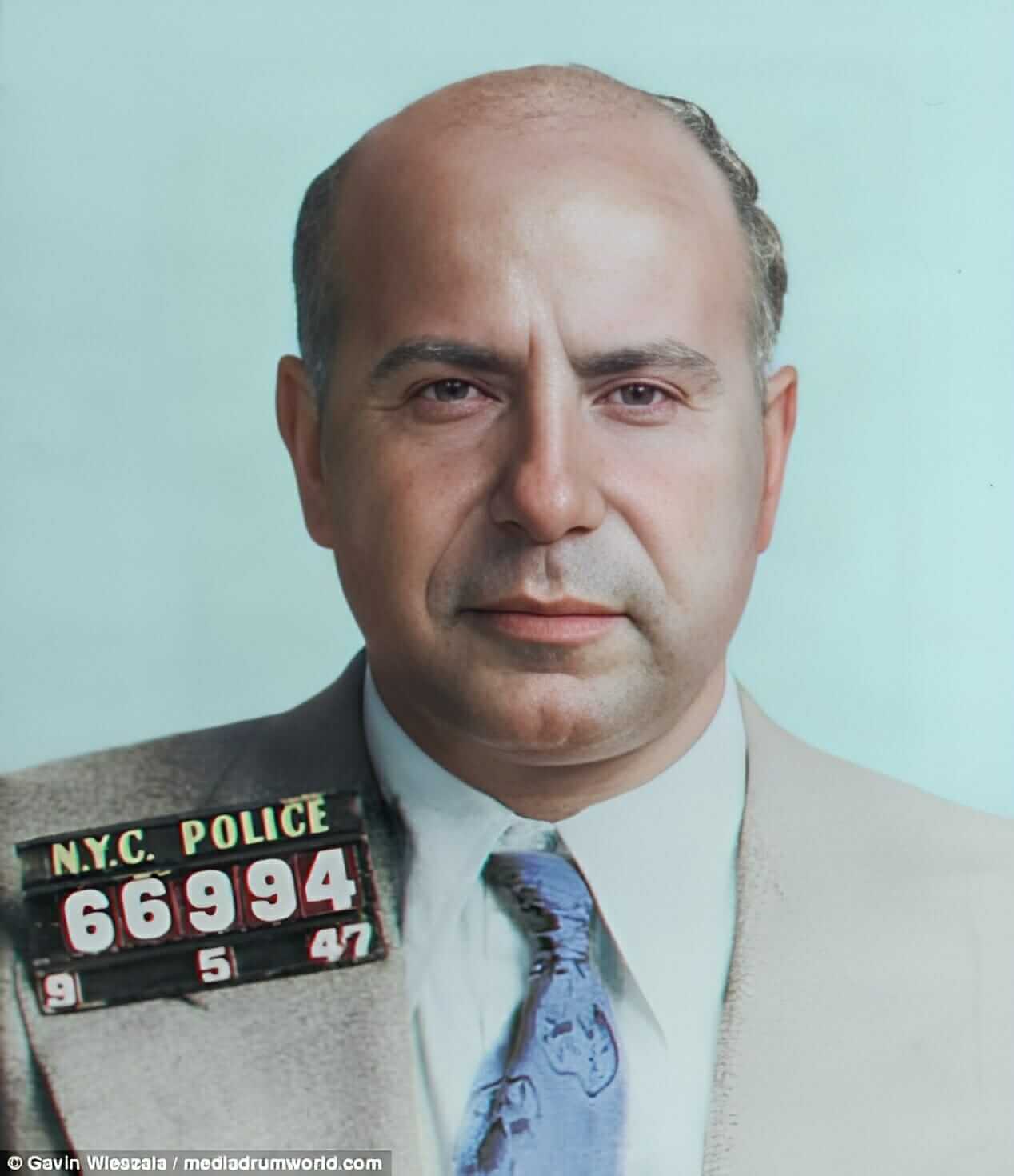
Carmine Galante was a notorious American mobster who rose to prominence in the mid-20th century. Born in Brooklyn, New York in 1910, Galante was the son of Sicilian immigrants. He became involved in organized crime at a young age and quickly rose through the ranks of the Bonanno crime family.
Galante was known for being ruthless and violent, and he was believed to have ordered numerous murders during his criminal career. He was also involved in various illegal enterprises, including gambling, loan sharking, and drug trafficking. In the 1970s, he became the boss of the Bonanno family and worked to expand the organization’s power and influence.
Galante’s reign as boss was short-lived, however. In 1979, he was assassinated in Brooklyn in what was believed to be a power struggle within the mafia. His death was seen as a major blow to the Bonanno family, and it marked the end of an era in organized crime.
Galante’s legacy is one of violence and corruption, and he is remembered as one of the most ruthless and powerful mobsters in American history. Despite his criminal activities, he remains a significant figure in the history of organized crime.
Frank Costello
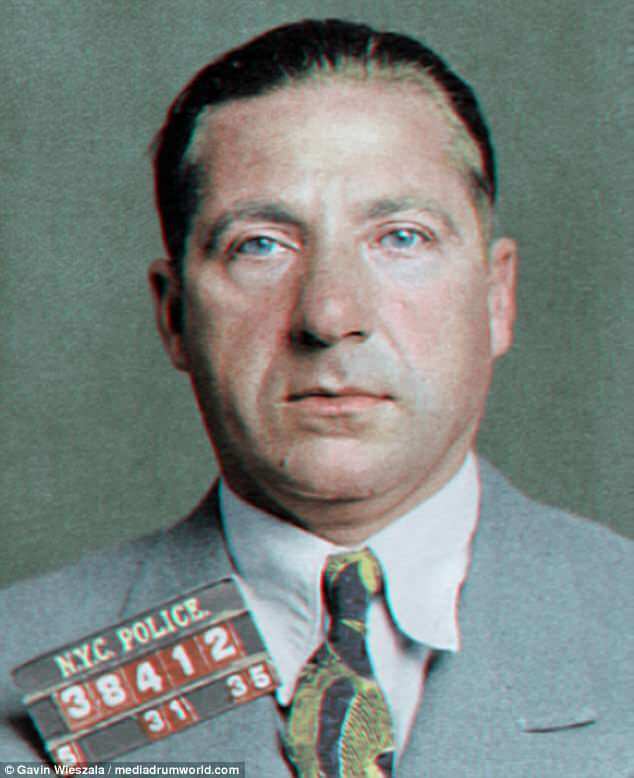

Frank Costello was a powerful and influential Italian-American mobster who rose to prominence in the mid-20th century. Born in Italy in 1891, Costello immigrated to the United States as a child and grew up in New York City. He became involved in organized crime at a young age and quickly rose through the ranks of the Italian-American mafia.
Costello is perhaps best known for his role in the “Commission,” a governing body for the American mafia. He served as a member of the Commission and was known for his intelligence and political savvy. He was able to use his influence to maintain control over various illegal enterprises, including gambling, loan sharking, and drug trafficking.
In addition to his criminal activities, Costello was also known for his connections to politicians and other influential figures. He was known for being able to use these connections to his advantage, and he was often able to avoid prosecution for his crimes.
Despite his criminal activities, Costello was widely respected within the mafia and was seen as a powerful and influential figure. He died in 1973 at the age of 82, leaving behind a legacy of violence and corruption. Despite this, he remains a significant figure in the history of organized crime.
John Adonis
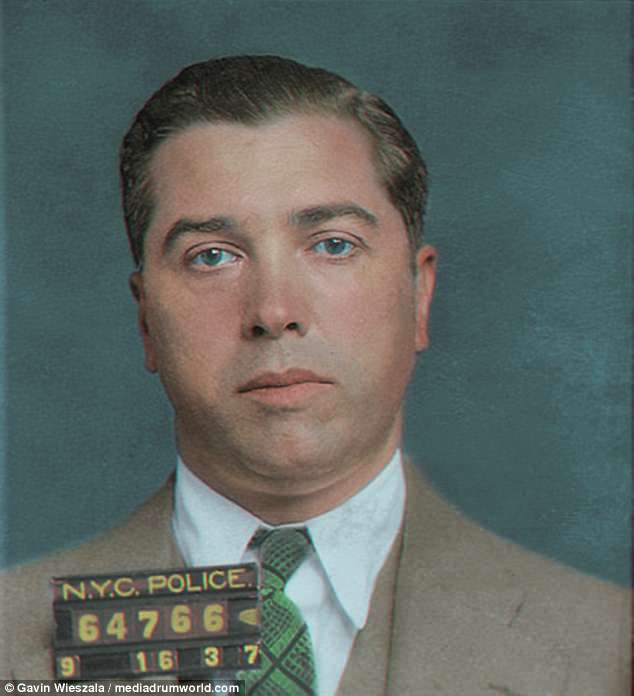
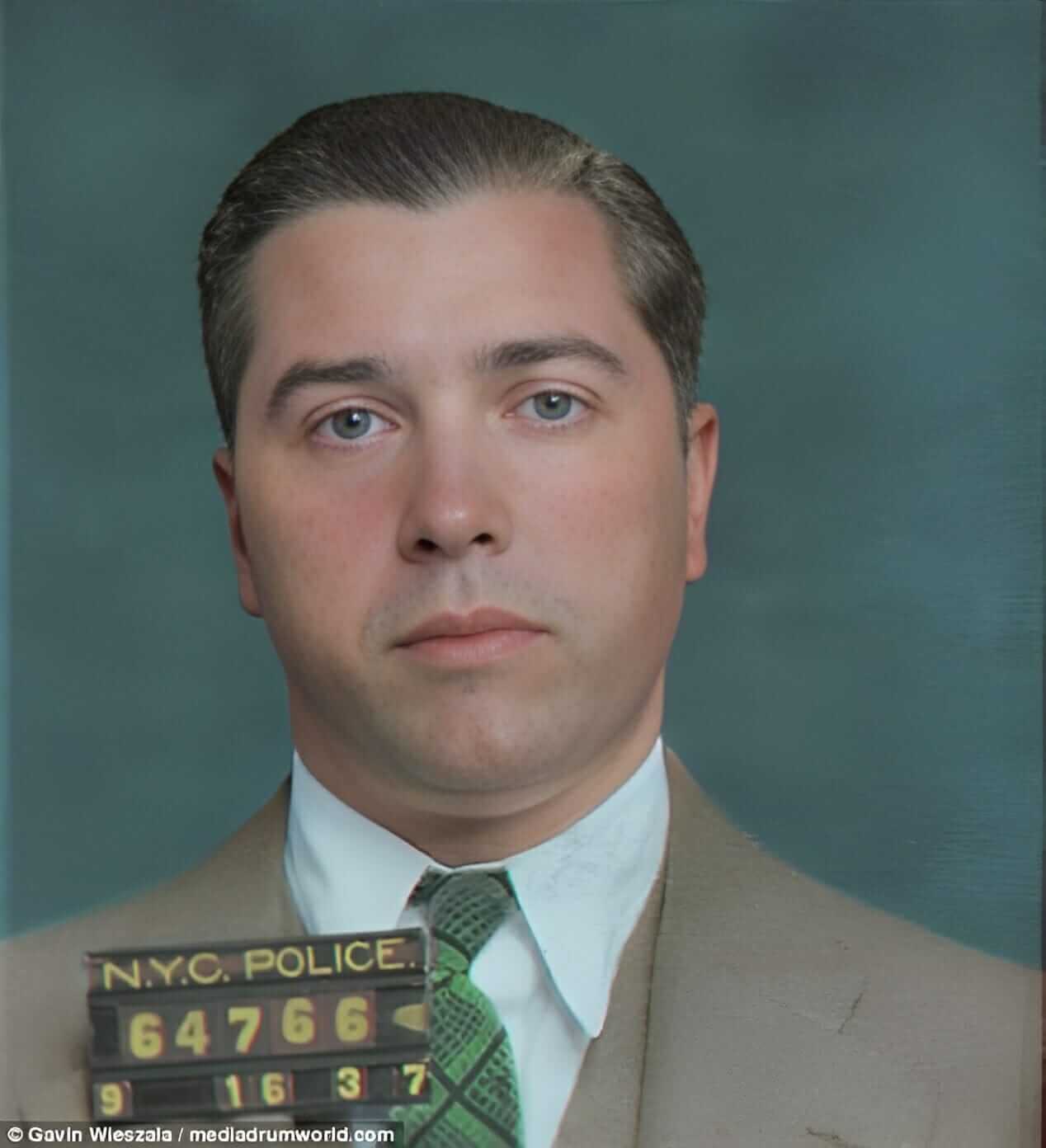
John Adonis was a powerful and influential Italian-American mobster who rose to prominence in the mid-20th century. Born in Italy in 1902, Adonis immigrated to the United States as a child and grew up in New York City. He became involved in organized crime at a young age and quickly rose through the ranks of the Italian-American mafia.
Adonis is perhaps best known for his role in the “Commission,” a governing body for the American mafia. He served as a member of the Commission and was known for his intelligence and political savvy. He was able to use his influence to maintain control over various illegal enterprises, including gambling, loan sharking, and drug trafficking.
In addition to his criminal activities, Adonis was also known for his connections to politicians and other influential figures. He was able to use these connections to his advantage and was often able to avoid prosecution for his crimes.
Despite his criminal activities, Adonis was widely respected within the mafia and was seen as a powerful and influential figure. He died in 1972 at the age of 70, leaving behind a legacy of violence and corruption. Despite this, he remains a significant figure in the history of organized crime.
John Dilinger
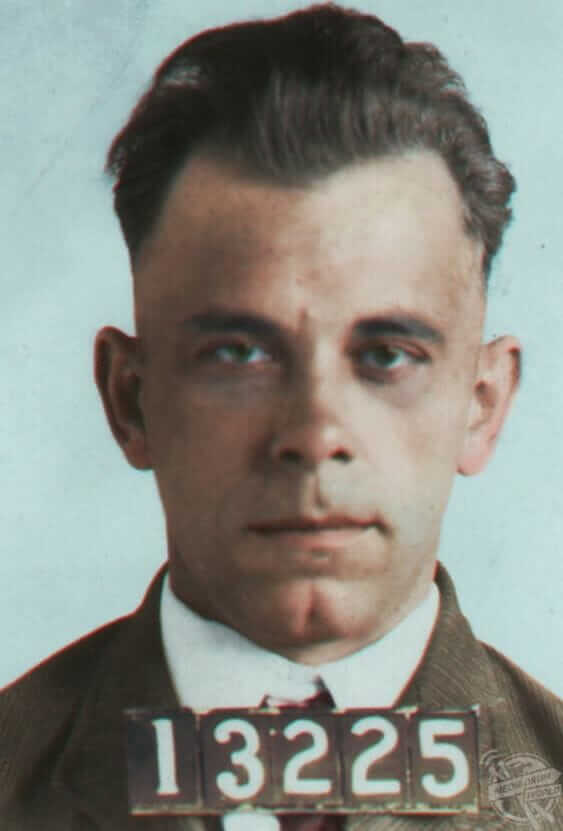

John Dillinger was a notorious American criminal who became famous for his string of bank robberies and escapes from law enforcement in the 1930s. Born in Indiana in 1903, Dillinger was the son of a farmer and had a troubled childhood. He turned to a life of crime at an early age and quickly gained a reputation as a skilled and dangerous thief.
Dillinger is perhaps best known for his series of bold bank robberies, which earned him the nickname “Public Enemy Number One.” He was able to evade capture for several years, thanks to his intelligence and cunning. However, his luck eventually ran out, and he was arrested in 1934 after a shootout with law enforcement.
Despite being incarcerated, Dillinger was able to escape from prison twice and continued his criminal activities. He was eventually caught and killed by law enforcement in 1934 at the age of 31.
Dillinger’s life has been romanticized in popular culture, but his legacy is one of violence and crime. He is remembered as one of the most notorious criminals in American history.






